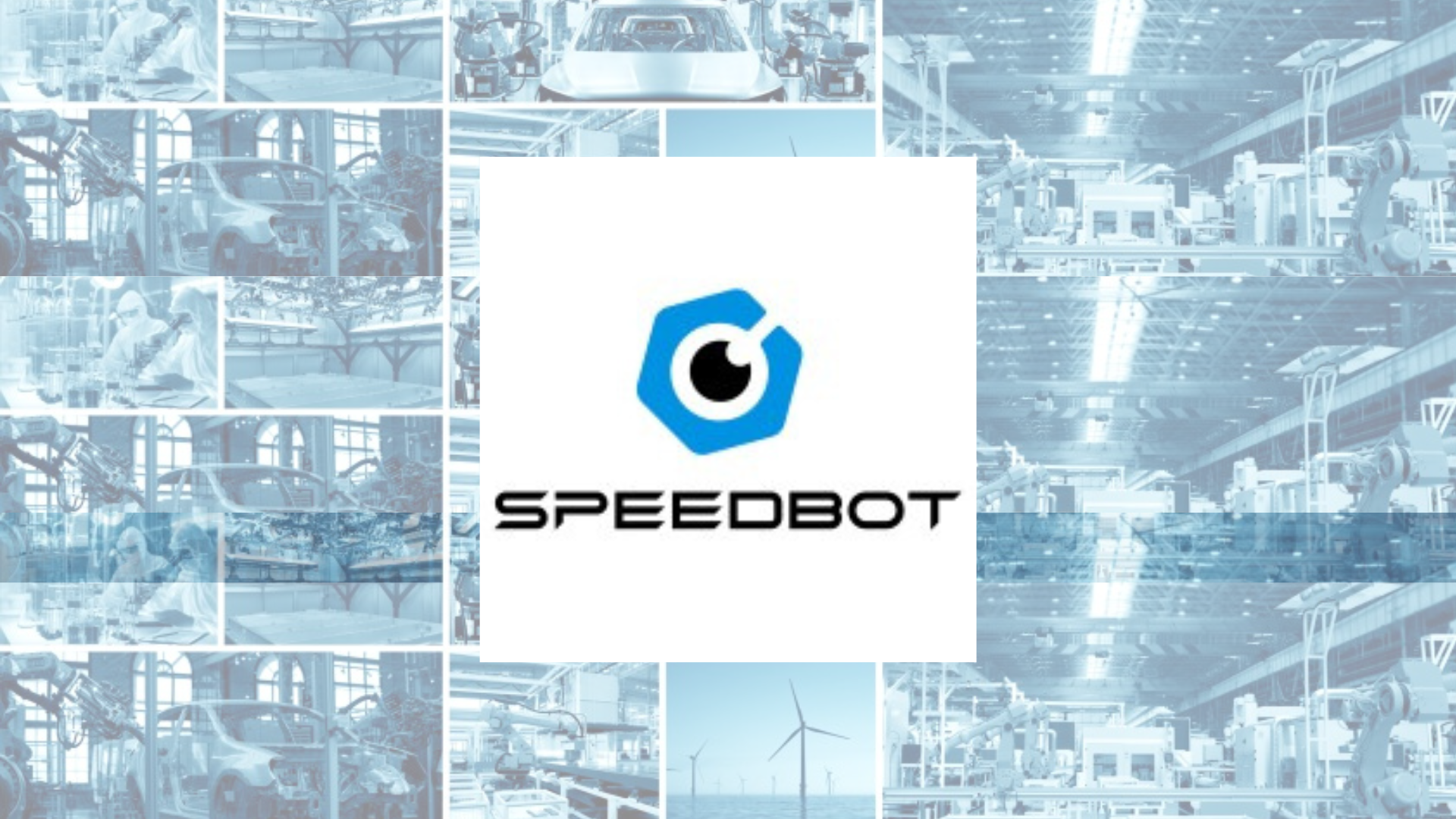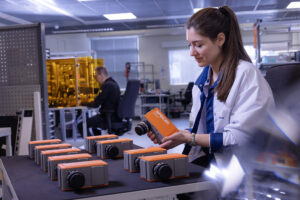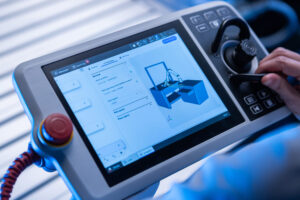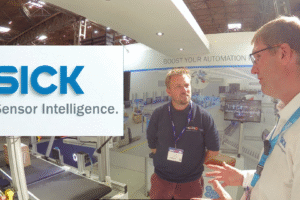By Professor Yvan Petillot, co-academic lead of the National Robotarium based at Heriot-Watt University and director of the ORCA Hub.
In the early 2000s, the idea of an undergraduate studying robotics as their core degree was unheard of. Yet today, the subject is one of the biggest growth areas in the higher education landscape, demonstrating how robotics and automation is already, and will increasingly, shape the future workplace and workforce.
Research is already showing the enormous potential for robotics and artificial intelligence to complement and support human roles across a multitude of disciplines. From healthcare and assistive living to companionship and work in extreme environments in support of the energy transition, robots can increase the efficiency of the workplace, lower carbon footprint, act as tools to maximise productivity and increase the quality of life for their human counterparts. Perhaps most significantly, ‘cobots’ can help to remove humans from the dirty and dangerous jobs in extreme environments such as nuclear decommissioning, and offshore inspection and repair.
Advances of this scale come with an understandable pause for thought, raising ethical questions around trust and the impact robots will have on jobs and human societies at large. We have a director of ethics in our research centre whose role is to help us navigate these complex issues. History is peppered with examples of change through automation – the invention of the weaving loom in the 19th Century being a notable case. Fearing at the time that it would take jobs from workers, the loom worked to increase human job opportunities as the machinery drove down the price of cloth, increasing demand and resulting in overall net job growth. The nature of the weaver’s job evolved, becoming less repetitive and, for many people, safer and more fulfilling.
As academic lead of the National Robotarium, one of the UK’s leading robotics and artificial intelligence research facilities, I work in close partnership with the industry to test how robots can operate alongside people in the workplace, supporting and complementing human roles. One of our strategic projects is the ORCA Hub, a collaboration of thirteen universities and multiple industry partners. Our research is helping the offshore energy industry to use robots to safely inspect, maintain and repair platforms, wind turbines, and other infrastructure, guided by human experts on ships or back onshore.
Robots have the potential to carry out these inspection and maintenance tasks in hazardous environments like offshore, reducing the risks of putting divers into the water or asking workers to operate at height on wind turbines. Finding ways to combine the flexibility of autonomous robots with remote human operators is a key strand of our approach.
For instance, under the water, we’re creating means for robotic systems to manipulate energy assets. Our robots are learning to find their inspection sites, then physically interact with the structures with their manipulation capabilities to clean the surface of biological materials that build up and damage it over the long term. The robots can turn on and off valves, take measurements to see if there is corrosion and can traverse the surface with continuous touch. In the next two years, we expect to have systems able to perform these tasks effectively, reducing the carbon footprint generated by the numerous helicopters and support vessels currently in our oceans. This will support the energy transition as it gathers pace with net-zero objectives and a growing focus on environmental impact as the UK is shifting rapidly towards large scale offshore wind energy production.
The long-term industry vision is for a digitised offshore energy field, operated, inspected and maintained from the shore using robots, digital architectures and cloud-based processes to realise this ambition. However, the recent pandemic has highlighted a widespread need for remote operations in many other industrial sectors and organisations.
A major shift in perceptions and acceptance of robots took place during the pandemic as technology was required to keep operating complex systems with minimal human intervention. Going forward, robotics has the potential to take these initial steps even further, delivering groceries to vulnerable people, for example, disinfecting hospitals or reducing social isolation among the elderly, thus freeing up medical professionals to focus on patient care.
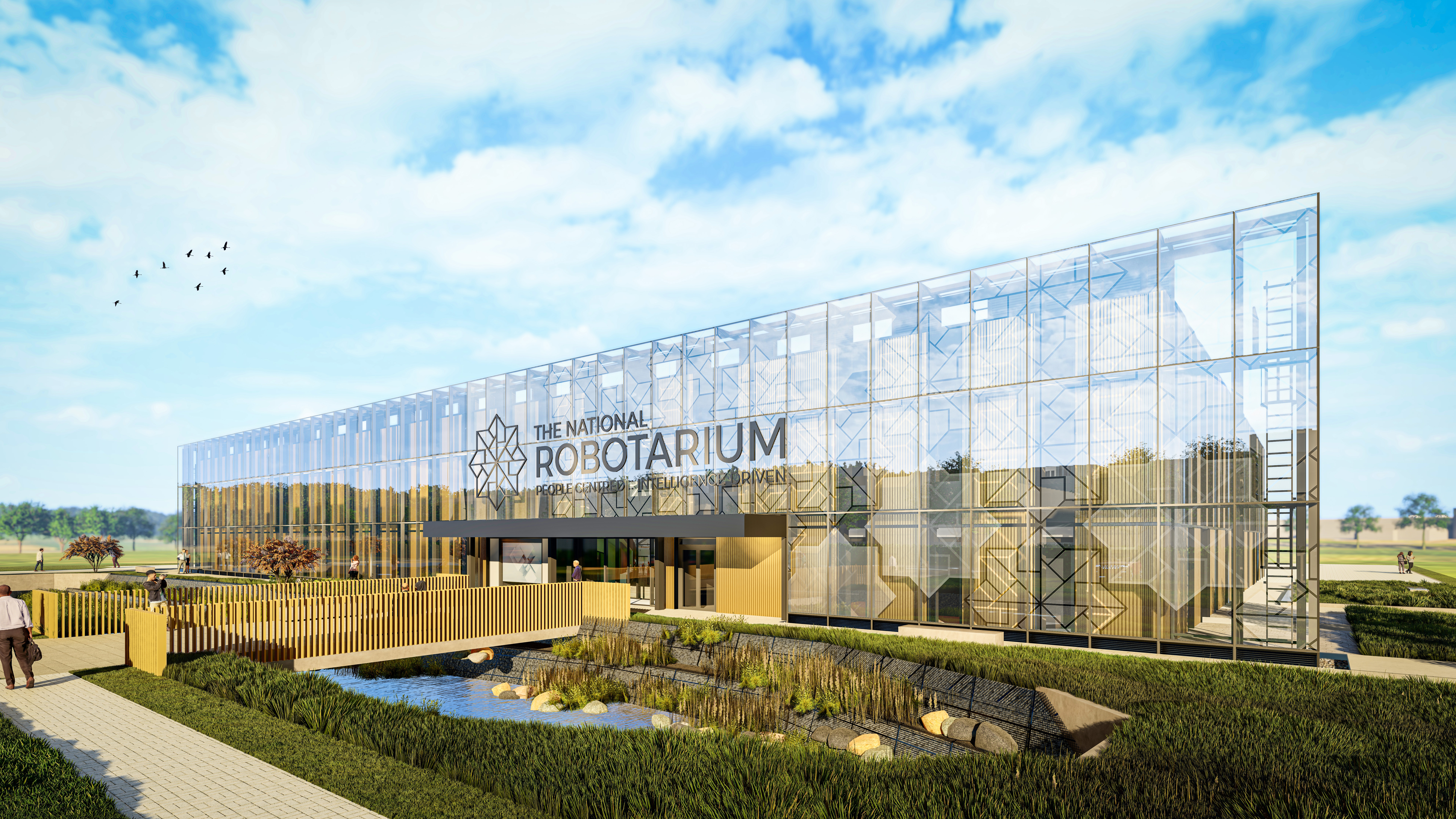
Rather than building a machine that works independently of a human, our researchers at the National Robotarium are building machines that can interact and work with humans on a daily basis. We can programme robots to do a wide variety of tasks which is advantageous compared to fully automated customised machinery. Robots are embedded with intelligence to understand their environment and comprehend the task at hand while adapting and responding to the needs of humans when needed. This adaptability and dynamic interaction make their potential for the workplace so valuable.
Some of our work is focused on physical human-robot interaction, exploring how robots can accomplish tasks that are difficult, dangerous or repetitive for humans. One example is cleaning train carriages. This recurring task, usually undertaken during unsociable hours in railway depots, involves clearing newspapers, wrappers, and coffee cups from underneath and between seats. As well as being tedious for humans, it can lead to repetitive strain injuries from bending and kneeling. One of our teams is developing a robot that can recognise waste and bring it to a central collection point using navigation, vision and manipulation capabilities. This new robot will be supervised by a human operator able to monitor teams of robots from a control room.
Another dangerous task is annual railway archway inspections. These arches are high and windy spaces where humans are currently using ladders or abseiling down from above to conduct a masonry inspection by eye. Accidents are unfortunately common. To improve safety, one of our teams is creating an autonomous drone that can conduct inspections. This allows the human operator to stay firmly on the ground. The drone will take photographs and videos, mapping the archway systematically, which can then be transferred to the operator for review. The task is undertaken more accurately, with far less risk and in a shorter time frame.
The National Robotarium is also pioneering intelligent sensing and telepresence robotic technology to allow health practitioners to remotely assess a person’s physical and cognitive health from anywhere in the world. Working with the University of Strathclyde, our assisted living lab is supporting more cost-effective diagnosis with regular monitoring and health assessments delivered alongside assistance, especially for those living with conditions like Alzheimer’s disease and other cognitive impairments. With gaps between these types of assessments lengthening due to the pandemic, the care and support that is being prescribed to assist vulnerable people may become unsuitable as an individual’s physical and cognitive abilities change over time. Our prototype makes use of machine learning and artificial intelligence techniques to monitor smart home sensors to detect and analyse daily activities. We are programming the system to use this information to carry out a thorough, non-intrusive assessment as well as determine if an individual can live independently.
Skills development
As well as advancing science, universities like ours have a responsibility to support the development of the skills needed for the future workplace. For an industry to successfully deploy robotic solutions, we will need to build a new generation of engineers and operators able to understand robotic technology and functionality. Currently, robots need a high level of supervision from highly skilled operators and there is a shortage of such skills. In the future, as more autonomy is integrated into robots, the need will evolve for ‘educated operators’ ability to interact with robots whilst understanding their strengths and limitations.
A key priority for the National Robotarium is developing the next generation of robotics experts and raising awareness and understanding of robotics in the wider public. This starts early, building understanding and enthusiasm for robotics among children and young people of all backgrounds. The best way for children to learn is through play and to explore robotics through toys, coding games, workshops and visits. We’re building an education hub in our new facility, opening in 2022, to enable schools and the wider public to come and learn about robotics, demystifying our research and building understanding. We’ve developed an ambitious outreach programme, bringing robotics into the classroom and mainstream education from an early age. We are also offering undergraduates and postgraduate programs in robotics to educate the workforce of the future.
At the university level, it is vital that we involve industry closely in the education of future generations so they work on live challenges throughout their degrees. Collaborating with industry partners, Heriot-Watt University has a 200-year history of developing research and innovation that contributes to, and drives forward, solutions to global challenges. The National Robotarium’s close and growing links with industry will continue to drive this ethos forward, benefiting the learning opportunities for students and industry together as we learn and solve challenges for each other. This means our graduates are ready and prepared for the workplace when they enter employment. The National Robotarium will collaborate with businesses of all sizes going forward, from global names to innovative start-ups and SMEs, co-developing prototypes and accelerating research into the workplace. By combining robotics research with expertise from business, we can tackle current challenges head-on, supporting people to be safer and better supported in the workplace.
The National Robotarium is showcasing its expertise at the World Expo 2020 in Dubai until March 2022. Heriot-Watt University is focusing on how artificial intelligence, robotics, net-zero, energy and health are shaping tomorrow. On 8th December 2021, the University held a day-long Future Skills Conference exploring purposeful education, industries and jobs of the future, alongside the skills, lifelong learning and entrepreneurial mindsets needed from the global workforce to grow future economies. You can find more information about the Future Skills Conference on the Heriot-Watt University website.
You can find more information about the National Robotarium on its website.
Stay up to date with the most recent automation, computer vision, machine vision and robotics news on Automate Pro Europe, CVPro, MVPro and RBPro.




